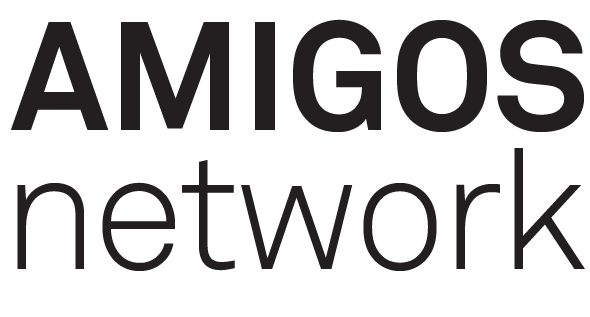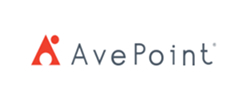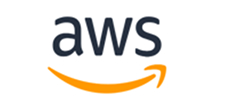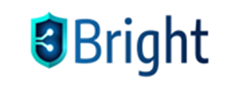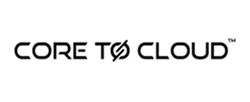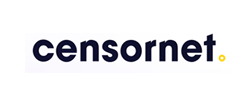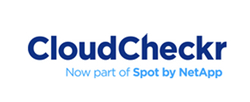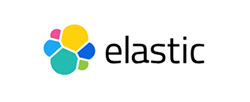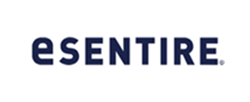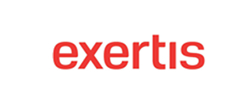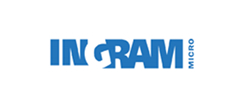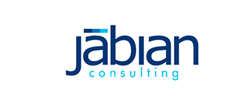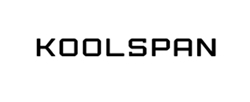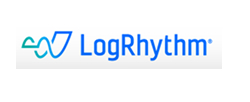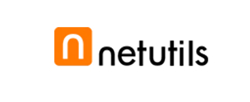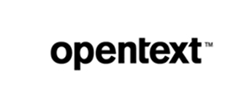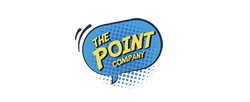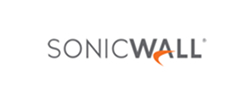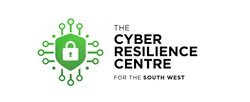Friday, December 06, 2024 by Shelley Hirst
Imagine this…...
You walk into a bar, ready to relax, when someone taps you on the shoulder and says, “Hey, want to buy a...?” No introduction, no context, no rapport.
Odds are, you’ll turn back to your drink and wonder why they thought this was a good approach. Now, compare that to sales at an in-person event.
In business life sales and marketing teams work tirelessly for months trying to engage buyers digitally with the goal being to get in-person interaction. Yet once they’re in a room full of potential customers, they can treat buyers as if they have a target on their back, focused solely on the next quarter’s numbers. Forget building trust or meaningful relationships—it’s all about the quick win.
Why would anyone buy into that?
Shift the Focus
Think long-term and the relationship. Establishing common ground and personal rapport is far more valuable to you at this stage than any potential sale. I realise this doesn't have the same appeal as instant gratification, but buyers will respect you more in the long run and be more likely to want to deal with you in the future.
You'll already know IT & Security buyers are discerning. They already have trusted sources they turn to for insights on trends, new products, and solutions. To become one of those trusted voices, you need to play the long game—providing thoughtful, timely, and relevant information that adds value to their role.
That trust isn’t built overnight, or even at a single dinner. It’s about being present, helpful, and consistent before and after you meet them in person. A handshake or a shared laugh over dessert is only the beginning.
In-Person Events: Human Connection Matters
When a business invests in sending salespeople to events, it’s betting on the value of personal connections. Buyers show up because they’re genuinely interested in learning. Sellers are there to build trust and relationships—not just chase purchase orders. Done well, these moments of connection create partnerships that last far longer than any digital campaign ever could.
Yet so often, the follow-up fails. The senior IT & Security buyers in our communities tell us time and again that they don’t hear from the people they met. The buyer loses because they genuinely wanted to explore the subject further. The sponsor loses because their investment in the salesperson went nowhere. And the salesperson? They lose the most—a missed chance to foster a relationship that could unlock doors for years to come.
Beyond the Dinner Table: Follow-Up is Key
You’ve shared stories, built rapport, and made a great impression. Don’t let it end there. A lack of follow-up not only weakens the connection but also wastes the opportunity to turn a promising interaction into a lasting relationship.
Some tips on how to nail it going forward
Step 1: Immediate Follow-Up
Reinforce Connections: Send a quick note thanking them for the conversation and
referencing something specific you discussed.
Clarify Next Steps: Address any questions or align on what’s next.
Maintain Momentum: Keep the dialogue going before the spark fades.
Step 2: Keep it Going
Personalised Messaging: Tailor your communication. Nobody wants generic marketing emails after a personal meeting.
Invest in the Relationship: This isn’t about quick wins. Stay in touch because you’re genuinely interested, not because a deal feels imminent.
Offer Value: Suggest actionable next steps, whether it’s a follow-up call, a demo, or just sharing useful insights.
The Real Win: Building Trust
Sales success isn’t about closing every deal; it’s about fostering trust and building partnerships that stand the test of time. Following up, staying consistent, and offering value show you’re reliable and invested in the relationship, not just the transaction.
So next time you’re at an event, think of it as walking into a pub. Would you rather be the person tapping shoulders asking for a quick sale, or the one who takes the time to chat, connect, and build something real?
Frequently Asked Questions
Market Activation identifies in-market buyers (via intent data, behavioural signals) and immediately engages them with tailored outreach (nurture tracks, one-to-one advisor sessions, community invites).
Demand Engine: Targeted outreach (email, ads, sponsorships) that scores clicks → qualified leads → sales-ready appointments.
Performance Dashboard: Real-time visibility into open rates, CTOR, CPL and lead progression via our online sales portal.
Content Amplification: Thought leadership shared in The Amigos Network drives deeper engagement and social proof.
Peer Validation: Prospects get candid feedback from peers on your solutions, shortening the evaluation cycle.
Pipeline Catalysis: Warm introductions and referral paths within the community fuel high- intent conversations.
- Top-of-Funnel: Build credibility through community content and events.
- Mid-Funnel: Leverage peer case studies, expert Q&As, and live demos to answer deep technical questions.
- Bottom-of-Funnel: Invite high-intent members to advisory councils or private 1:1 sessions, often the final nudge before purchase.
- Interesting content: We originate, curate, and syndicate different types of content we know our audiences want to engage with and tell them it’s there.
- Sponsored content: We use sponsored content to drive engagement with individual brands.
- Promotion: We promote that content via multiple channels such as email, social media, YouTube, and so on.
- Identification: We ingest company-level engagement signals and combine it with known contacts that may be researching key topics.
- Segmentation: Members are bucketed by level of intent (high, medium, low) plus ICP fit and company size.
- Activation: High-intent members receive prioritised community invitations (events, focus groups, product deep-dives) to accelerate deals.
- Purchased data highlights who’s in-market.
- Community engagement reveals what questions they’re asking, so your nurture can be hyper-relevant.
- Result: A 2–3× lift in meeting acceptance and pipeline velocity vs. cold outreach alone.
- Marketing owns the nurture tracks, community invites, educational content, and event promos.
- Sales intervenes only at “high-intent + active community engagement” thresholds, with account-specific demos and peer introductions.
- Outcome: Fewer wasted calls and a higher win rate on truly qualified opportunities.
- Engagement Metrics: Community log-ins, event attendance, content downloads.
- Intent Conversion: % of intent-scored members who join private roundtables or request demos.
- Pipeline Velocity: Time from first community touch to opportunity creation.
- Revenue Impact: Contribution of community-sourced deals to overall bookings.
- Average Weekly Open Rate: 40%
- Average Weekly Click-to-Open Rate: 70%
- Average Cost-per-Lead: £45
- Minimum ROI: 500%
- Average Dwell Times: 1 minute 45 seconds
